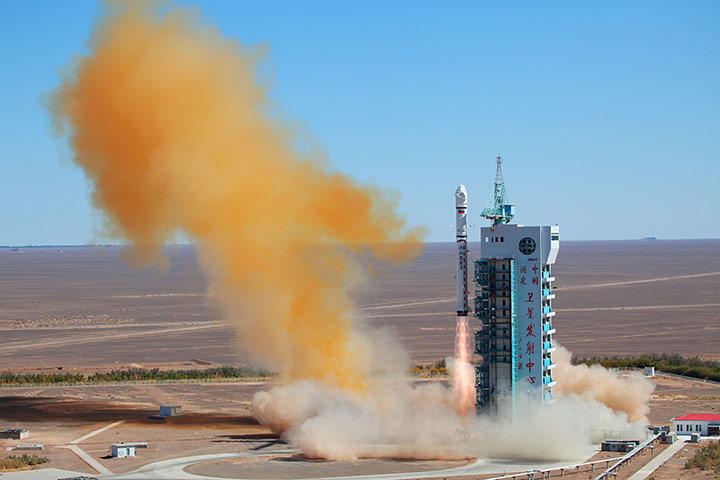
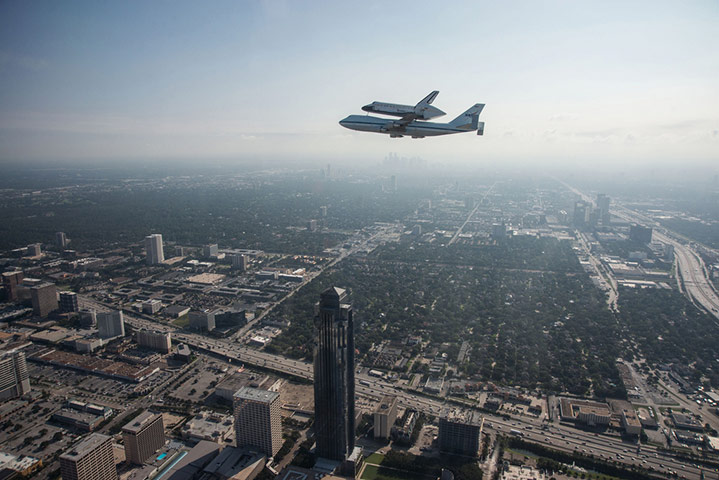
Photograph: NASA Photograph: Action images
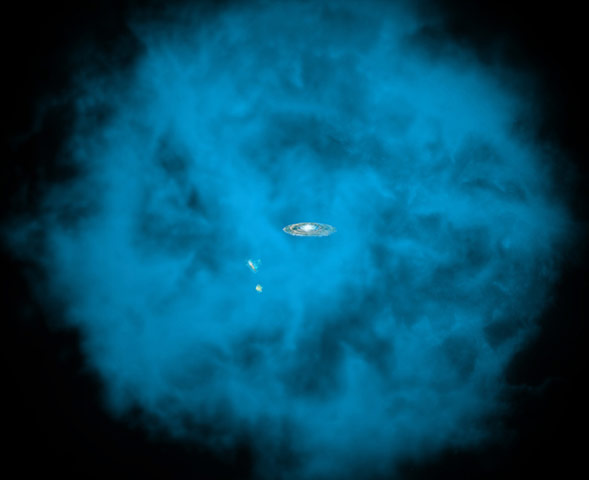
Illustration: Chandra X-ray Observatory Photograph: Chandra X-ray Observatory
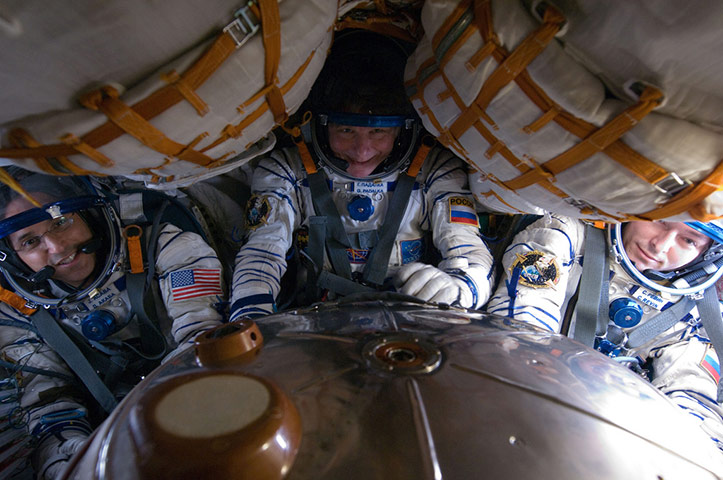
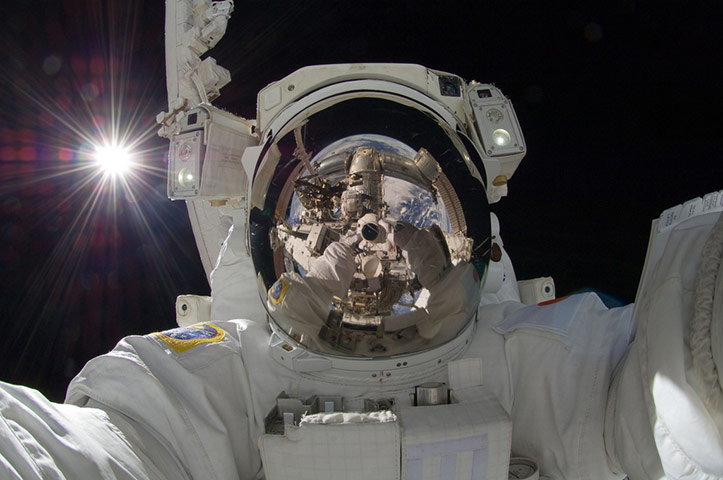
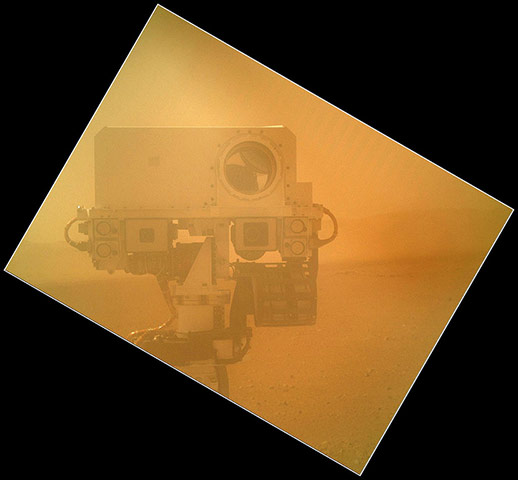
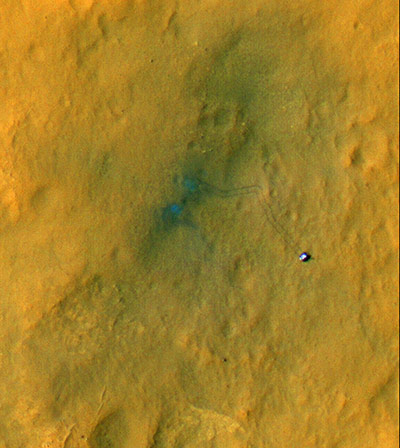
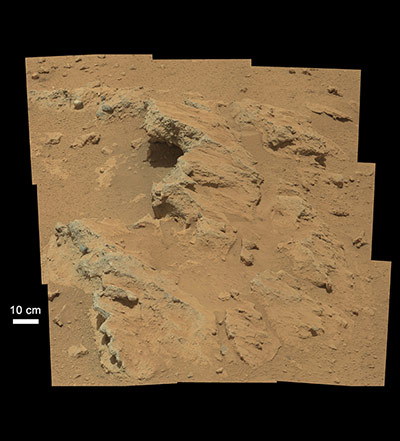
Photograph: MSSS/JPL-Caltech/NASA Photograph: MSSS/JPL-Caltech/Action images

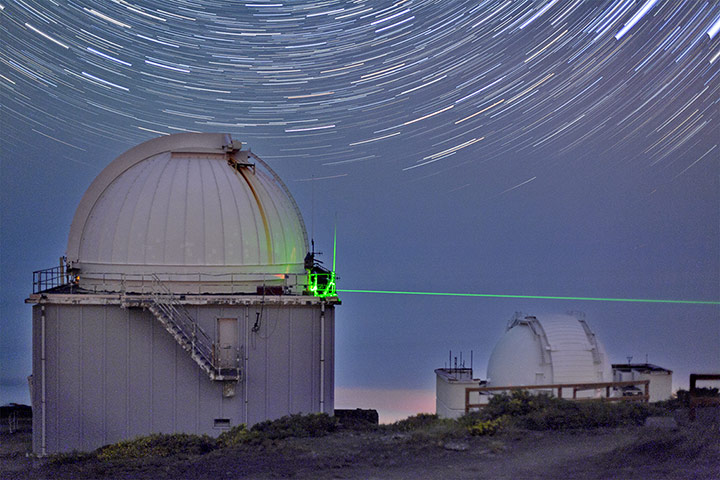
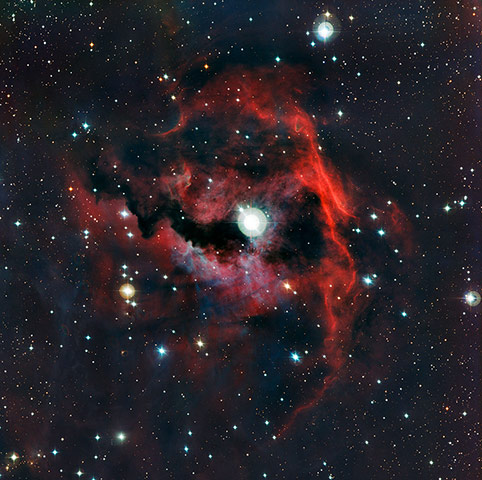
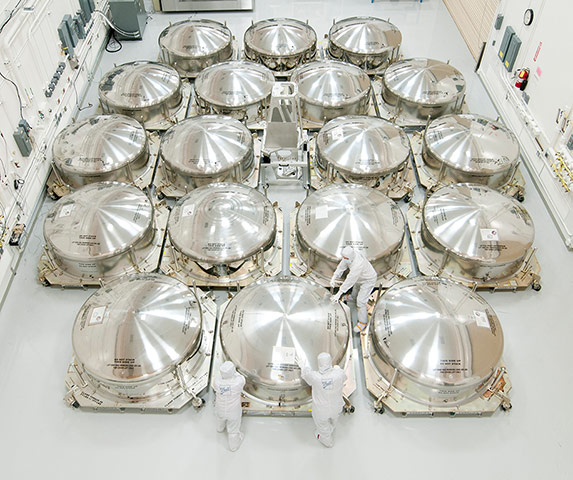
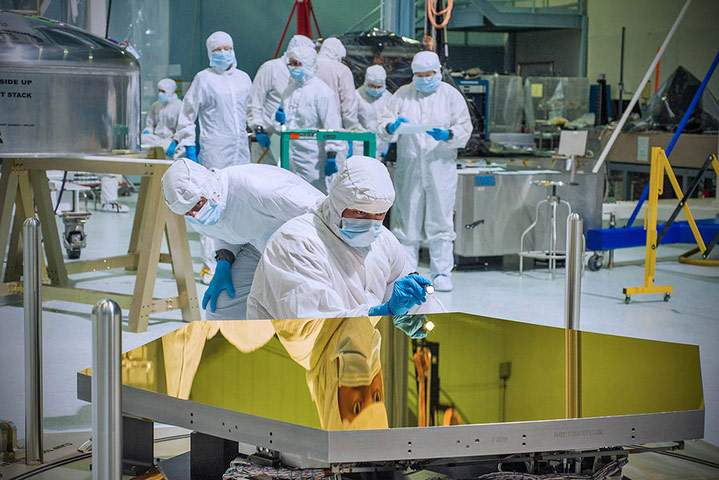
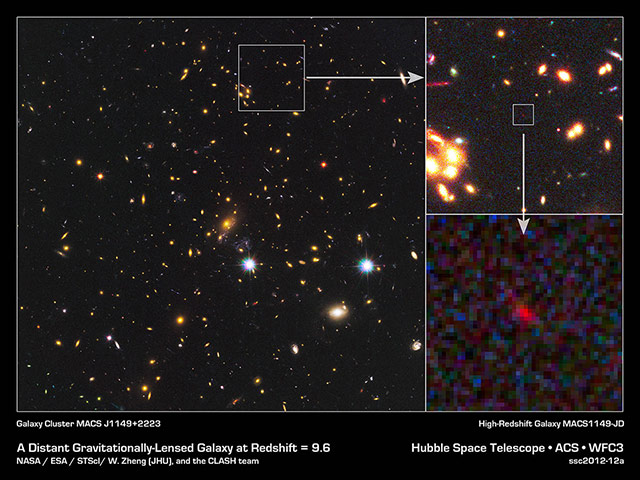
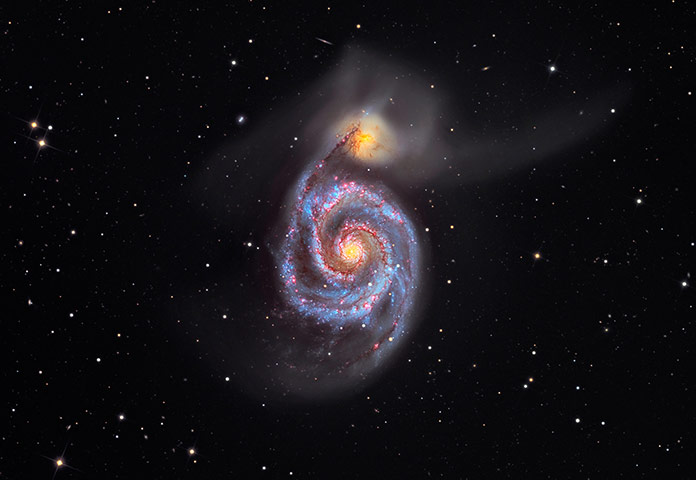
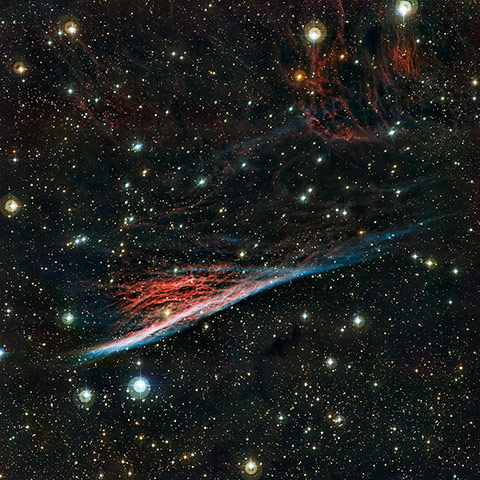
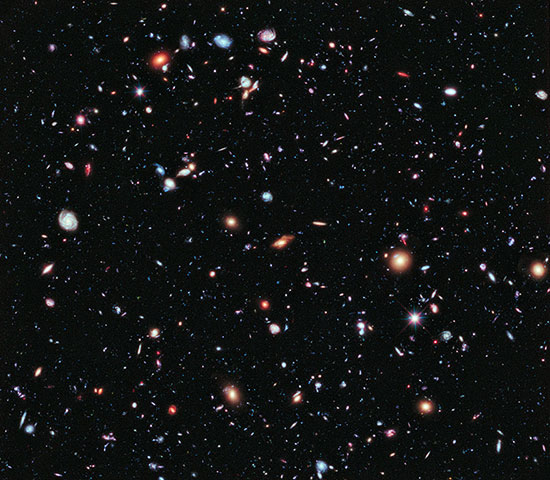
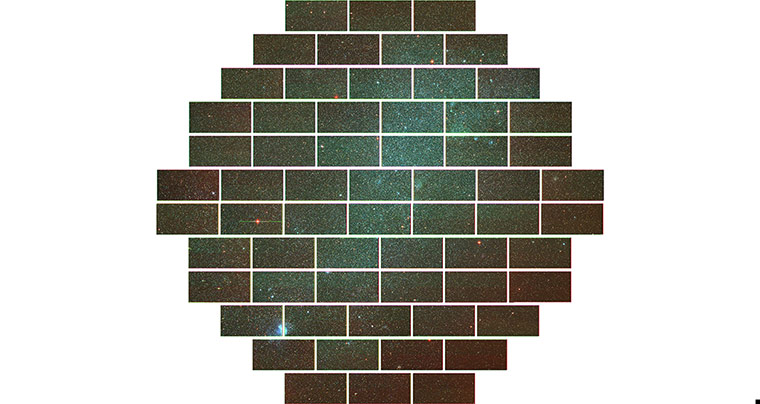
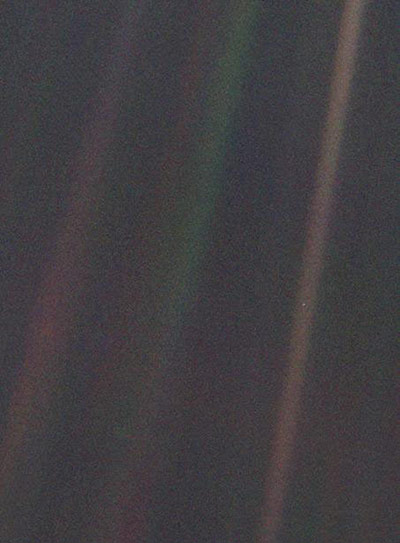
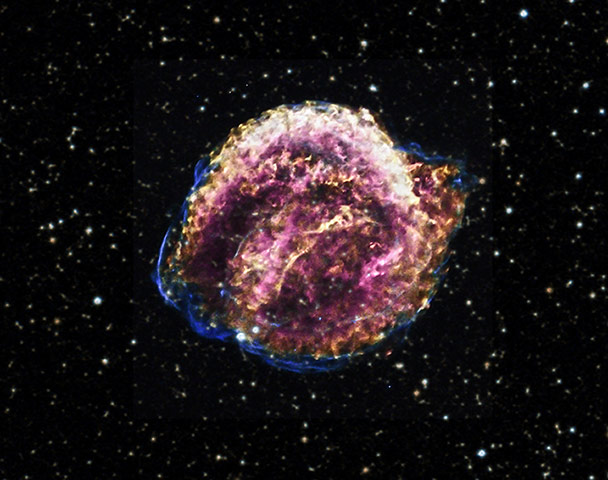






















James Kingsland is the Guardian's former science production editor
The GuardianTramp

This month's pick of the best space-related imagery includes the arrival of Albert Einstein at the International Space Station, a black hole that has dozed off after running out of things to eat, and the tracks of dry ice blocks that skidded down Martian slopes
Eric Hilaire, James Kingsland
09, Aug, 2013 @3:48 PM
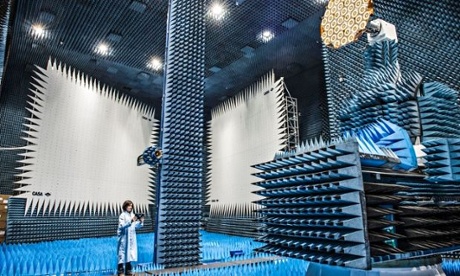
Eric Hilaire, James Kingsland
30, Apr, 2014 @1:46 PM

In our pick of the most fabulous space imagery from last month, we feature galaxies as numerous as the grains of sand on a beach, a plan to mine asteroids, a recreation of Earthrise … and a rubber chicken
Eric Hilaire and James Kingsland
19, May, 2012 @6:56 AM

This month's roundup of some of the best space-related images
Eric Hilaire and James Kingsland
20, Apr, 2012 @6:04 PM

Some of the best space images, including a planet with two suns, a suggestive shadow on Mars, a star that theory says should not exist, and a satellite that plunged to Earth
21, Oct, 2011 @4:39 PM

This month's pick of the best space-related images includes the likeness on a distant planet of Disney's most famous creation, organisms that can survive the rigours of space, and a treat for tweeps
Eric Hilaire and James Kingsland
27, Jul, 2012 @1:39 PM

Our pick of last month's best space images includes a ghostly green blob, the mysterious molecular fingerprints of large organic molecules, and a star blasting a path through space at 24 kilometres per second
15, Feb, 2011 @12:57 PM
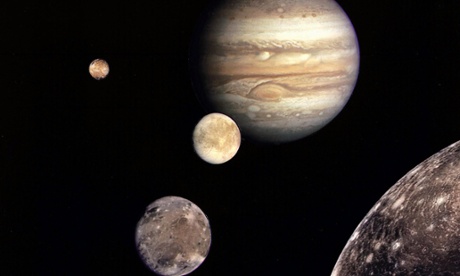
Hannah Devlin science correspondent
17, Jul, 2015 @1:00 PM

Ian Sample Science editor
20, Dec, 2021 @6:00 AM

Our pick of the best space-related images from December includes an aerial view of Mars dusted with carbon dioxide frost, black holes tens of billions of times as massive as the sun, and a dramatic spray of stars
Eric Hilaire and James Kingsland
18, Jan, 2013 @6:12 PM